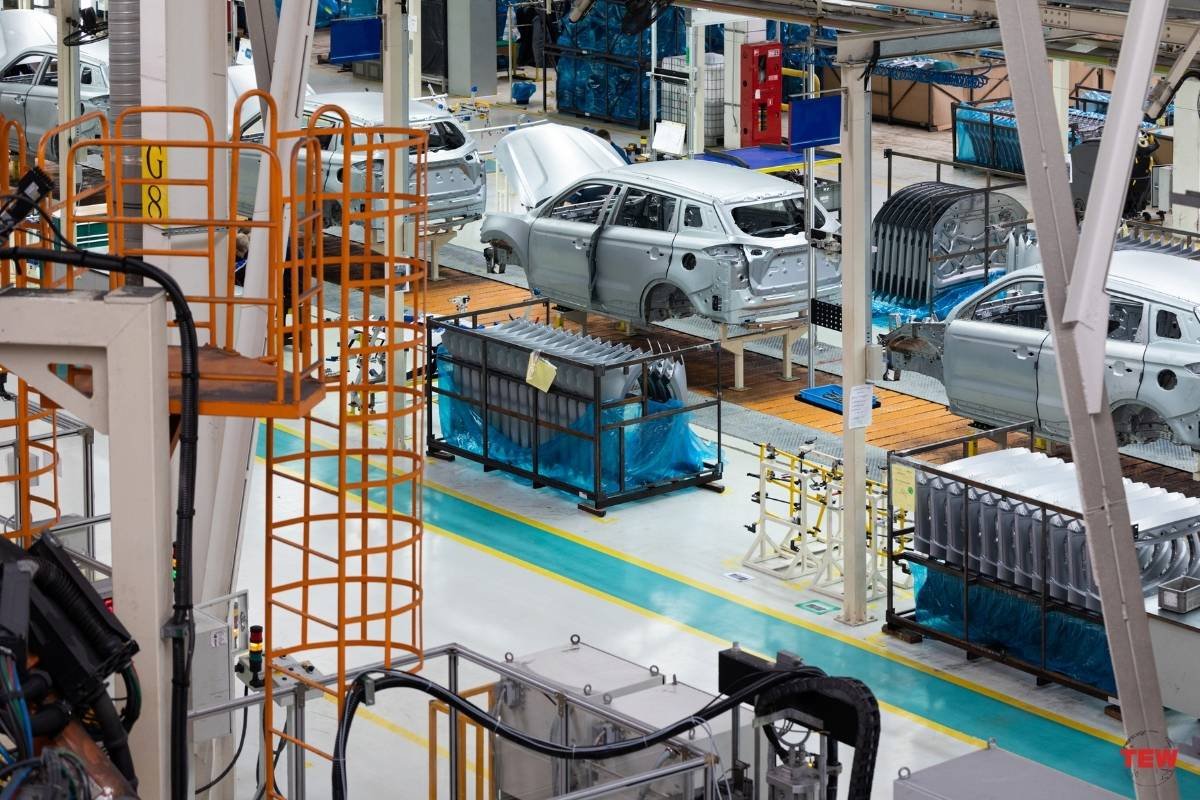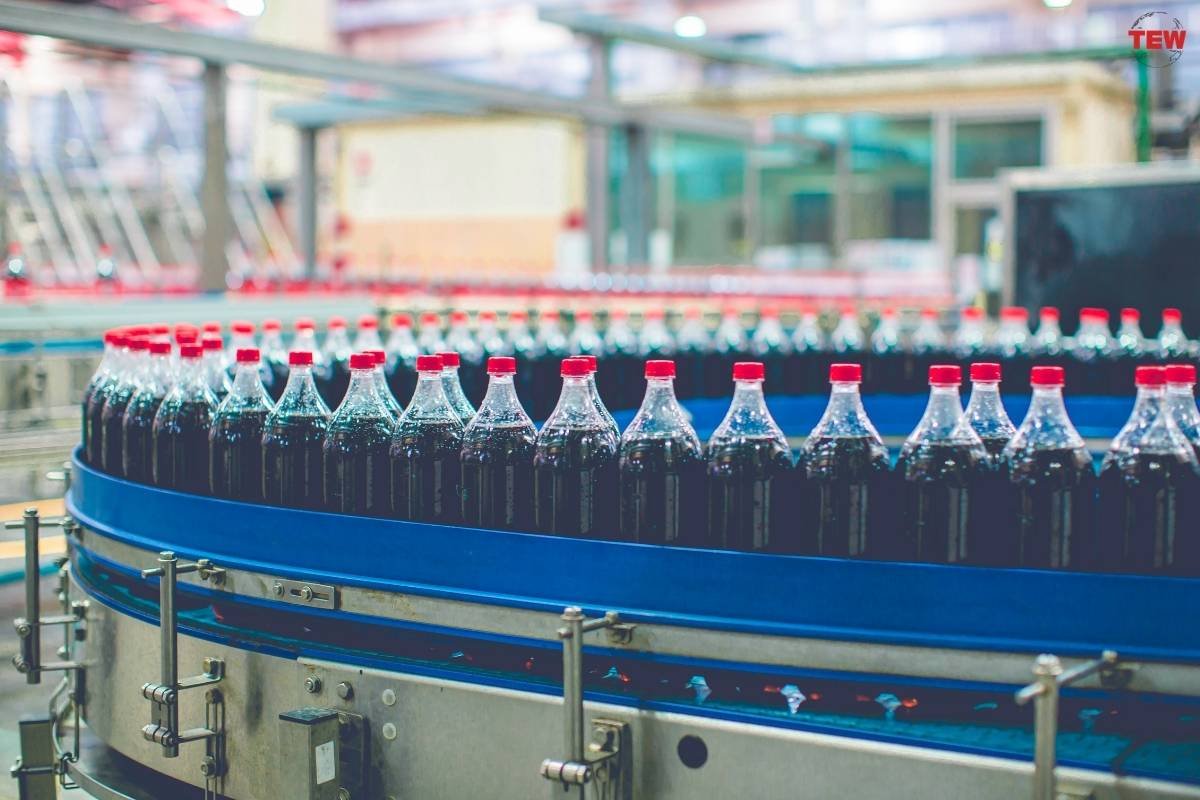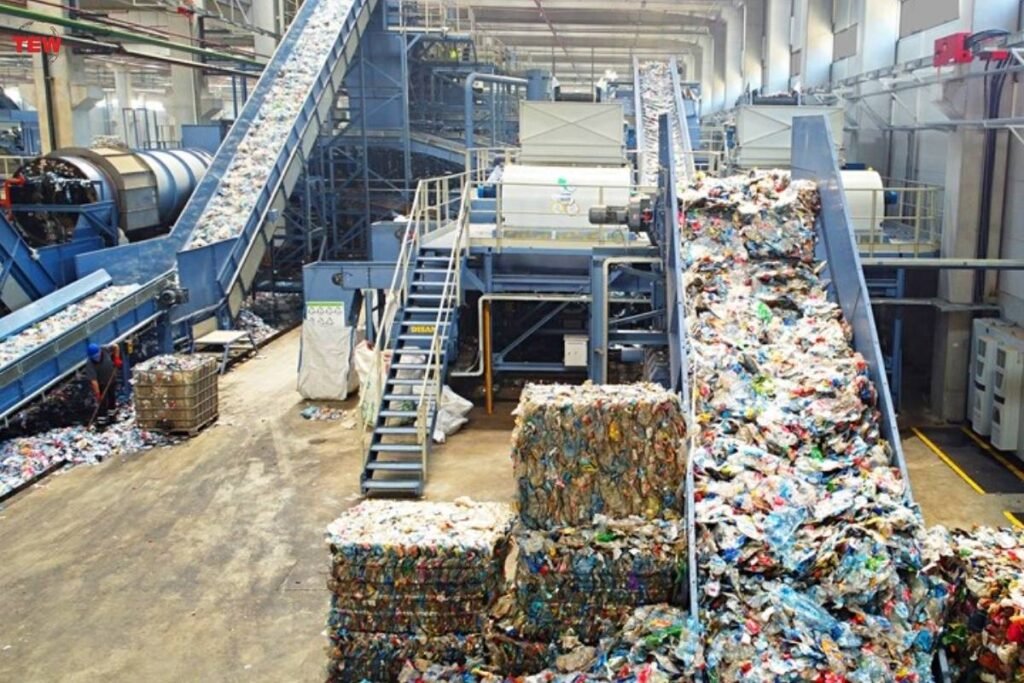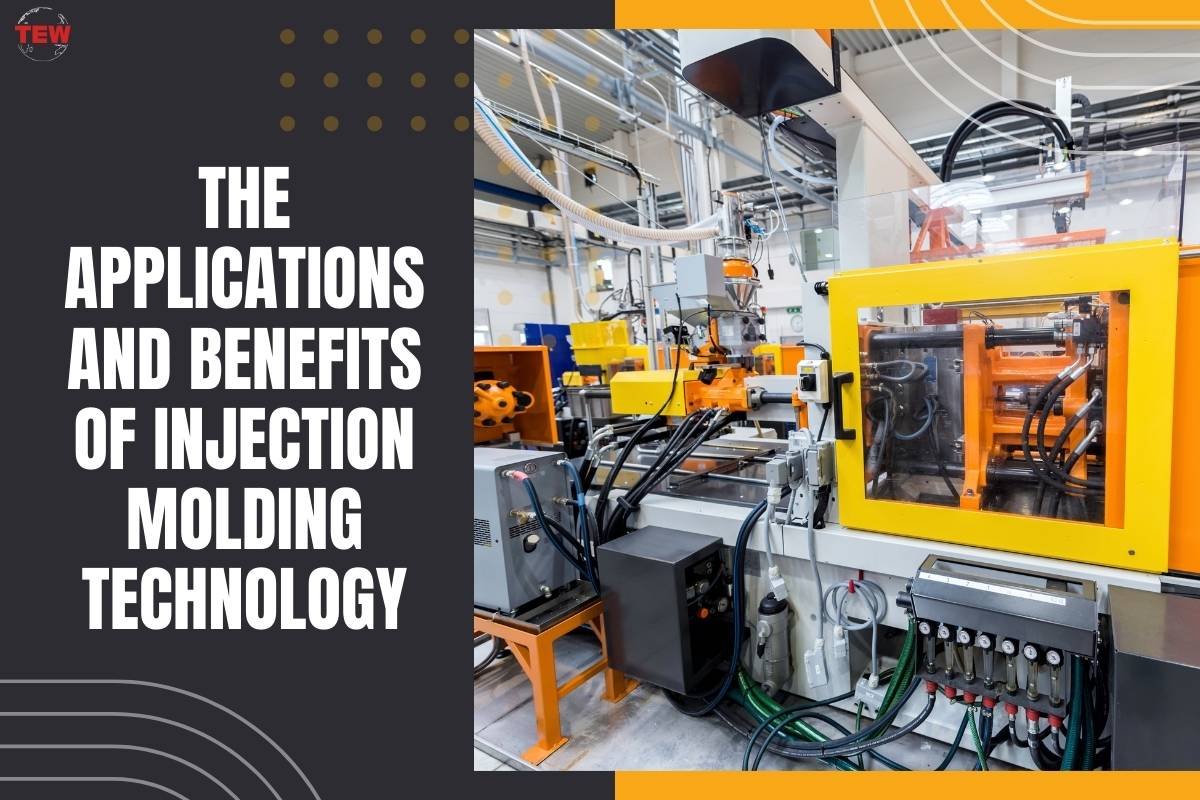In the dynamic world of manufacturing, injection molding technology emerges as a beacon of innovation and efficiency. This method, which precisely injects molten material into meticulously designed molds to create a myriad of products, has become a linchpin in global production lines.
With that in mind, this guide aims to thoroughly explore the transformative effects of injection molding technology, emphasizing its crucial role in redefining the manufacturing landscape and its contributions towards driving both industrial and societal advancement.
What is Injection Molding?
Injection molding is a process where a material is heated until it reaches a liquid state and then forcefully injected into a designed mold cavity. Once the material cools and solidifies, the mold is opened to eject the finished part. In general, the adaptability offered by custom plastic injection molding enhances the process’s applicability across different sectors, enabling the manufacture of customized components with precision and efficiency.
Applications Of Injection Molding Technology
The versatility and efficiency of injection molding technology have made it a fundamental manufacturing process across various industries. Below are detailed examples of its applications across different sectors.
1. Automotive Industry

- Manufacturing Vehicle Components: Injection molding is extensively used to produce a wide range of automotive parts, including bumpers, dashboards, door handles, and light housings. These components require durability, precision, and a high-quality finish, which injection molding can reliably provide.
- Advancements In Automotive Design: The technology allows for the incorporation of complex geometries and integrated systems in automotive design, facilitating the production of lighter and more fuel-efficient vehicles. It also enables the use of novel materials that can withstand extreme temperatures and corrosive environments.
2. Healthcare
- Production Of Medical Devices And Equipment: Injection molding is crucial in manufacturing sterile, precise, and complex medical devices such as syringes, vials, surgical tools, and implantable components. The process’s ability to use biocompatible and sterilizable materials makes it ideal for this industry.
- Enhancing Sterility And Precision In Medical Components: The technology’s capacity for high-volume production under strict sterility standards ensures the availability of reliable and safe medical products. It also allows for the integration of multiple functions into single-use devices, reducing the risk of contamination.
3. Consumer Electronics
- Cases, Components, And Accessories For Electronic Devices: Injection molding is used to create the casings for smartphones, tablets, and laptops, as well as components like keyboards, chargers, and headphones.
- Product Miniaturization: As consumer electronics continue to evolve towards smaller, more compact designs, injection molding technology enables the precise production of miniature components, facilitating the development of lightweight and portable devices.
4. Packaging

- Food And Beverage Packaging: Injection molded parts are used in packaging for their durability, safety, and ability to form seals that protect contents from contamination and spoilage. This includes containers, caps, closures, and other packaging components.
- Durable And Sustainable Packaging Options: Injection molding accommodates the use of recyclable and biodegradable plastics, contributing to the development of sustainable packaging solutions that meet environmental standards without compromising on performance.
5. Construction
- Building Materials And Fixtures: The technology is employed to produce a variety of construction materials, such as piping, insulating materials, and window frames, as well as fixtures like knobs, switches, and electrical boxes. These products benefit from the durability and weather resistance that injection molding can achieve.
- Improving Construction Efficiency And Safety: Injection molded components are integral to modern construction methods, offering solutions that enhance building efficiency, reduce construction time, and ensure safety standards are met.
Benefits Of Injection Molding Technology
Injection molding technology offers the following benefits, making it a preferred choice for manufacturers across various industries.
1. Cost-Effectiveness
Injection molding is renowned for its efficient use of materials. The process precisely injects molten material into the mold, minimizing excess and waste. Any leftover material can often be recycled and reused in subsequent production cycles, further reducing costs and waste. Although the initial setup and tooling costs for injection molding can be high, these are quickly offset by the process’s ability to produce large volumes of parts at a fast rate.
2. Precision And Consistency
Injection molding excels in producing parts with tight tolerances and complex geometries. The precision of the molds ensures that each part is replicated with exacting detail, crucial for applications requiring high levels of consistency and functionality.
Furthermore, the controlled process parameters, such as pressure, temperature, and injection speed, allow for consistent quality across batches. This uniformity is essential for industries like healthcare and automotive, where part reliability and performance are paramount.
3. Versatility
Injection molding supports a broad spectrum of materials, including various plastics, metals, and composites. This versatility, combined with the ability to add colorants or achieve different finishes, enables customization to specific application requirements.
Moreover, the flexibility in mold design and material selection allows manufacturers to tailor parts for specific uses, from medical devices with biocompatible materials to automotive components designed for strength and heat resistance.
4. Speed And Efficiency
Injection molding can produce parts within seconds to minutes, depending on the part’s complexity and material. This rapid production cycle enables manufacturers to scale up production and meet market demands quickly. Plus, efficiency ensures that products can be brought to market faster, providing a competitive advantage in industries where speed to market is critical.
5. Environmental Sustainability

The injection molding industry has made significant strides in using recyclable and biodegradable plastics, reducing the environmental impact of produced parts. Innovations in materials science continue to expand the options for sustainable manufacturing. Generally, injection molding’s ability to use recycled materials not only conserves resources but also reduces the carbon footprint associated with production.
Conclusion
Injection molding technology stands as a cornerstone of modern manufacturing, driving forward the production of high-quality, cost-effective, and innovative products. Its applications and benefits extend far beyond traditional boundaries, fostering growth and development across a myriad of sectors. As technology continues to evolve, it promises to revolutionize the manufacturing process further, underscoring its indispensable role in shaping the future of global industry.




